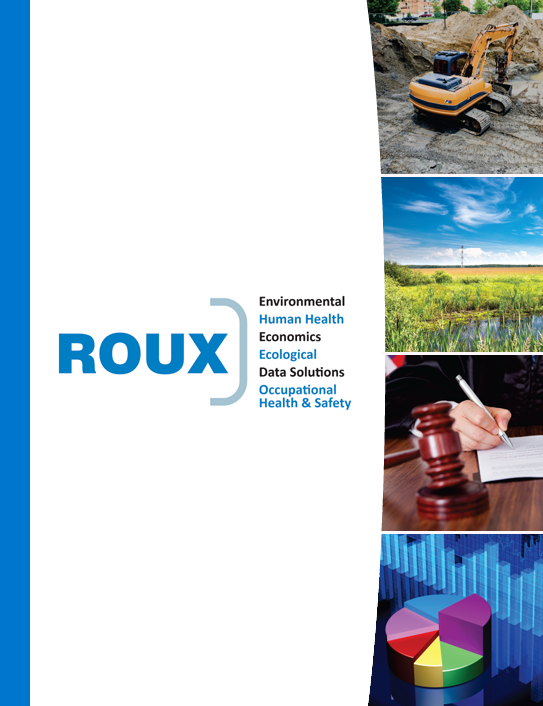Deepwater Horizon Restoration Efforts in LA Continue as NOAA Releases Plan for Public Review
A draft Restoration Plan and Environmental Assessment for certain areas of the Louisiana coastline effected by the 2010 Deepwater Horizon oil spill was released on March 18 by the National Oceanic and Atmospheric Administration (NOAA).
The newly released Restoration Plan focuses on the area designated Wetland, Coastal, and Nearshore Habitats (WCNH) within Louisiana. The plan proposes a total of six different restoration efforts at various locations within the marshes bordering the Gulf of Mexico. The projects available for public review concentrate mainly on the restoration and creation of new and existing wetland habitats, on restoring degraded marsh and coastlines, and rebuilding and generally preparing the coastlands to better withstand degradation from waves and storms.
Restoration efforts detailed also include increasing and stabilizing the biodiversity of the area adversely effected by the spill. The large amounts of oil in the water greatly reduced the available nutrients and essential bacteria necessary for the greater ecosystem of the area. Restoration efforts plan to reintroduce both bacteria and nutrients, along with other efforts to restore the natural hydrology of the area by dredging the sediment of nearby lakes and bays.
Local birds will also see some habitat restoration. One project focuses on restoring the habitat of Racoon Island, which is home to piping plovers and ground nesters, as well as one of ten remaining brown pelican colonies in Louisiana. Restoration efforts will include creating and enhancing the beach, dunes, and tidal and shore area through sand fill placement and shoreline protection. Provisions for replenishing the island’s “herbaceous and woody planting” for use in nesting and generally restoring the habitat are also included.
The restoration plan is the eighth such plan focusing on the myriad of areas of concern effected by the Deepwater Horizon oil spill. The fire and subsequent explosion and sinking of the Deepwater Horizon drilling unit resulted in 3.19 million barrels of oil released into the Gulf of Mexico over a period of nearly three months. The oil spread throughout the nearshore and coastline of southern US coastline from Texas to Florida, wreaking havoc on numerous species and habitats. Subsequent response action to mitigate the influx of oil also had further collateral impacts on the environment, according to the Department of the Interior, and ongoing restoration efforts must account for the damage from both spill and cleanup activities, as well as the cascading environmental effects of both actions.
The Deepwater Horizon Trustees, responsible for overseeing and allocating the available funds for the restoration efforts, characterized the spill as an “ecosystem-level injury.” As such, their objectives and approaches are tailored to follow an “integrated ecosystem approach” in addressing restoration efforts. Their stated goals are to “restore and conserve habitat; restore water quality; replenish and protect living coastal and marine resources; provide and enhance recreational opportunities; and provide for monitoring, adaptive management, and administrative oversight to support restoration implementation.”
Further information on NOAA’s restoration efforts in Louisiana, along with a copy of their latest Restoration Plan, can be found here.
The public is encouraged to review the restoration plan and submit any comments or suggestions on or before April 18, 2022. Further information on how and where to submit comments can be found here.
